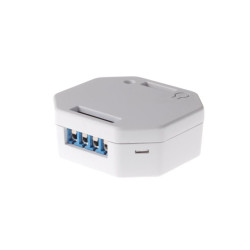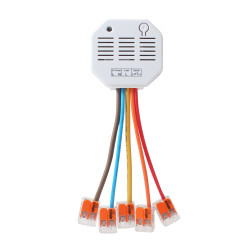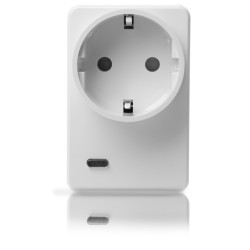
Introduction to current hourly electricity prices
The energy landscape has changed significantly in recent years. A key element of this transformation is the introduction of hourly electricity prices by innovative energy providers such as Tibber. These models allow consumers to benefit directly from fluctuations in the electricity market by adjusting electricity prices on an hourly basis. This concept is fundamentally different from traditional tariff models, where prices are fixed over longer periods of time. By leveraging real-time data, consumers can optimize their electricity usage and potentially save costs by shifting their consumption to times of lower demand and therefore lower prices.
In the next section we will take a closer look at the specific advantages of these tariff models.
Advantages of current hourly electricity prices
The introduction of hourly electricity prices brings with it several advantages that are important for both the end consumer and the environment. Three key benefits are discussed below:
Dynamic adaptation to the electricity market
By adjusting electricity prices to the actual market situation, consumers can benefit directly from fluctuations on the energy market. During times when the supply of renewable energy is high, for example on sunny or windy days, prices fall. This promotes a more conscious use of energy and allows consumers to optimize their costs by shifting consumption to cheaper periods.
Promote sustainable consumption
Current hourly electricity prices motivate consumers to increase their electricity consumption at times of lower demand. This can help maximize the use of electricity from renewable sources and reduce the need for energy from fossil fuels. In the long term, this supports the transition to a more sustainable energy supply and helps reduce CO2 emissions.
Potential cost savings
By adjusting their electricity consumption to price fluctuations, households can significantly reduce their electricity bills. There is significant savings potential, particularly for consumers who are flexible in their energy consumption or whose consumption can be easily automated. This includes using equipment during times of low prices and avoiding peak demand periods.
Tibber as an example of providers with current hourly electricity prices
Tibber, an energy company operating in several European countries, aims to revolutionize electricity supply. Tibber differs from traditional energy providers by offering current hourly electricity prices without a surcharge. Instead, the company charges a fixed monthly service fee. In addition to benefiting from potential cost savings, Tibber customers also gain access to detailed analysis of their energy consumption via an easy-to-use app. This increases transparency and enables more efficient use of energy.
In the next section, we will discuss the role of smart home solutions in conjunction with hourly electricity prices and their potential for cost savings.
Integration of smart home solutions
The integration of smart home technologies offers an innovative way to optimize electricity consumption and benefit from current hourly electricity prices. Smart home solutions such as those from LUPUS enable automated control of household appliances, lighting, heating and other energy-consuming systems. By networking these devices, consumers can precisely control their energy consumption and adapt it to current electricity prices.
Overview of smart home technologies
Smart home systems like LUPUS include a wide range of devices such as smart thermostats, lighting systems, sockets and energy management systems. These devices can be controlled via a central user interface (WebUI, iOS or Android). LUPUS' advanced systems even allow certain operations to be automated based on user preferences or real-time electricity prices.
Advantages of integration with hourly electricity price providers
- **Automated Energy Saving**: Smart home systems can be programmed to automatically activate or deactivate devices during times of low electricity prices. For example, a washing machine can be set to run when electricity costs are lowest.
- **Increased Energy Efficiency**: By using real-time data to manage energy consumption, smart home solutions can reduce a household's overall energy consumption and increase energy efficiency.
- **Convenience and control**: In addition to financial savings, smart home systems offer users the highest level of comfort and control over their energy consumption, leading to more conscious and sustainable energy use.
Cost savings through smart home integration
The combination of current hourly electricity prices and smart home technologies opens up significant opportunities for cost savings. By intelligently controlling energy consumption, consumers can shift their electricity consumption to cost-effective times and thus significantly reduce their electricity bills.
Practical examples of cost savings
- **Heating Management**: Smart thermostats can regulate room temperature based on current electricity prices by turning down the heating during periods of higher prices and activating it before favorable time windows.
- **Electric vehicle charging management**: Electric vehicle charging can be scheduled to occur primarily during periods of low electricity prices, significantly reducing operating costs.
- **Energy-efficient home management**: Automated control of appliances such as washing machines, dishwashers and dryers allows households to minimize their electricity costs.
Summary and Outlook
The use of current hourly electricity prices in combination with smart home solutions offers enormous potential for households to reduce their energy costs while contributing to sustainability. Providers like Tibber are at the forefront of this evolution, enabling consumers to reap the benefits of digital transformation in energy. With the increasing spread of smart home technologies and the increasing availability of tariff models with hourly prices, this trend is likely to gain further momentum. This underlines the importance of innovation and technology for the future of energy supply and sustainable living.















